When you’re deep in the weeds of managing a virtual desktop environment, the last thing you want is a bloated solution that eats resources, time, and budget. That’s why more IT leaders are searching for practical, lighter-weight VDI alternatives to Citrix—platforms that don’t require an entire consulting firm just to get up and running.
Inuvika OVD Enterprise steps into that gap with a simple proposition: deliver virtual apps and desktops (Windows and Linux) securely, efficiently, and without turning your IT operation into a Citrix support group. It’s not just another “alternative”—it’s a deliberate rethinking of how VDI should work in modern environments.
Let’s get specific about why Inuvika OVD is worth your attention.
Why IT Teams Are Looking Past Citrix
If you’re still managing a Citrix deployment, you already know the drill. It’s not that it doesn’t work—it’s that it’s expensive, rigid, and way more complex than it needs to be.
Here are the usual friction points:
- Operational overhead: You need people who specialize in Citrix… and only Citrix. That’s great for consultants. Less great for your IT budget.
- Licensing gymnastics: Between user/device licenses, add-ons, and gateway appliances, it’s like assembling IKEA furniture—without instructions.
- Deployment drag: Getting Citrix live in a production environment takes time. A lot of it.
- Cloud-hybrid headaches: Adapting Citrix to a multi-cloud or hybrid stack? It can be done—but not without pain.
That’s why smart teams are pulling their heads out of the sand and evaluating VDI alternatives to Citrix that actually align with modern IT operations.
Inuvika OVD: A Smarter Approach to VDI
Inuvika OVD Enterprise is what happens when you build a virtualization platform with practicality in mind. It delivers Linux and Windows apps (yes, in the same session), avoids licensing traps, and doesn’t require proprietary hardware or vendor lock-in.
You want control, flexibility, and security—with fewer moving parts. OVD delivers.
1. Less Infrastructure. Lower Cost. Fewer Headaches.
OVD’s component-based architecture means you’re not layering management consoles, agents, brokers, and gateways like some kind of DevOps lasagna.
- No need for SQL Server licenses
- No need for NetScaler or third-party gateways
- No vendor-specific hypervisor dependencies
And forget the licensing maze. With concurrent user pricing, you’re not paying for seats you don’t use. Simple.
2. Native Support for Linux and Windows Apps
Most VDI platforms treat Linux like an afterthought—if they support it at all. Not OVD. You can run your open-source tool chains and your Windows legacy software side-by-side. One session, one interface. No duct tape.
If you’ve got dev teams working in Linux and business users on Windows, OVD gives you a unified way to deliver everything without spinning up parallel infrastructure.
3. Remote Access Without Ritual Sacrifice
Users connect through a browser or native client—nothing fancy required. HTML5-based delivery means solid performance, even on older machines or thin clients.
And with everything managed through a clean web console, you won’t need a separate management client (or a second monitor for dashboards).
Built-In Security with Admin Sanity in Mind
You shouldn’t have to bolt on extra tools just to meet basic security requirements. OVD ships with:
- Role-based access controls: Define what users can access based on group, role, or your own twisted logic.
- Integrated 2FA: Inuvika has its own native 2FA but also supports Duo, SAML2 providers like Okta and EntraID.
- Encrypted everything: Data in transit stays locked down. No VPN required.
And because everything lives in a single admin interface, monitoring and auditing is simple—not a 10-tab juggling act.
Deploy It Anywhere: Cloud, On-Prem, or Hybrid
Flexibility isn’t a checkbox feature. It’s a requirement. OVD plays nice with whatever infrastructure you’re running today—or planning for tomorrow.
- Any hypervisor: vSphere, KVM, Hyper-V, ProxmoxVE, VergeOS, XenServer, Nutanix AHV—take your pick
- Any cloud: AWS, GCP, Azure, or that quirky private cloud your CIO loves
- Any directory: Active Directory, LDAP, or both
No lock-in. No weird compatibility workarounds. Just a platform that works with what you’ve already got.
Real-World Use Cases That Don’t Involve Theory
Higher ed institutions use OVD to deliver course software to lab environments and student laptops—without licensing chaos. Healthcare organizations use it to centralize sensitive data while still enabling access for remote clinicians. MSPs use it to deploy secure desktops at scale, without tying clients to a specific stack.
Same platform. Different industries. Same result: simpler virtual desktop delivery with less baggage.
One of the Best VDI Alternatives to Citrix, Hands Down
You’re not just replacing Citrix for the sake of change. You’re looking for:
- A lighter, easier-to-manage architecture
- Better cost control
- Real support for both Linux and Windows workloads
- Built-in security, not bolt-on complexity
- Cloud and hybrid compatibility without drama
Inuvika OVD Enterprise checks all those boxes—and doesn’t require a long certification program to operate.
So if you’re finally ready to step off the Citrix treadmill and get your VDI strategy under control, OVD is more than an alternative. It’s a better way forward.

